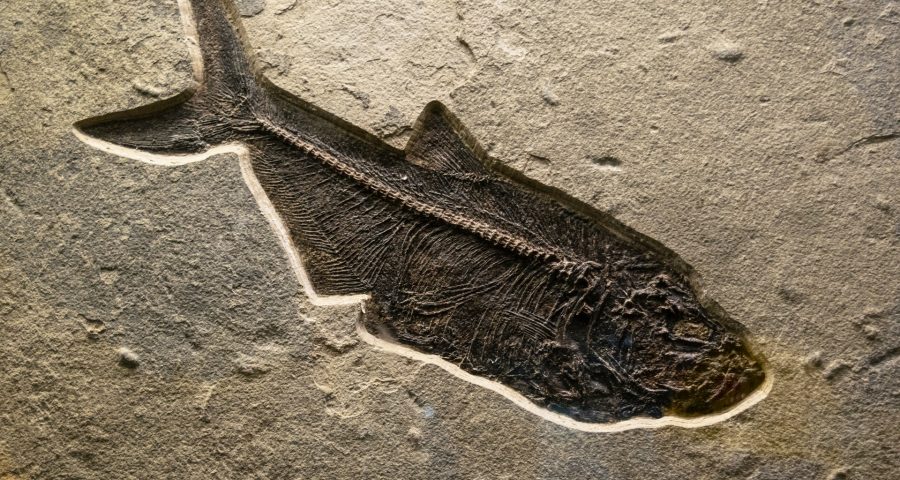One fish, two fish, red fish…male fish?
This is Sandra Tsing Loh with the Loh Down on Science.
The Coast Salish people have lived around Burrard Inlet, Canada for thousands of years. Their present-day descendents harvest salmon, a practice passed down by oral tradition. What’s their secret for keeping the fish population thriving?
Simon Fraser University’s Dongya Yang and team collaborated with the Tsleil-Waututh Nation to investigate. They gathered centuries-old salmon bones from four ancestral sites. Then they genetically screened each bone for a Y-chromosome, meaning the fish was male.
And? They found WAY more male than female salmon at two of the sites. That’s no FLUKE. These bones were at least EIGHTEEN HUNDRED years old!
Why did sex-selective fishing persist? Not harvesting female salmon ensures continued spawning so there’s enough fish for next year. Plus, the males are bigger – bonus!
Commercial fisheries could partner with Indigenous communities and respectfully learn from their fishing traditions. The researchers think that adopting sex-selective fishing practices could support conservation and improve food security.
In the meantime – tough luck, my fish brothers!
Reference: Morin, J., Royle, T.C.A., Zhang, H. et al. Indigenous sex-selective salmon harvesting demonstrates pre-contact marine resource management in Burrard Inlet, British Columbia, Canada. Sci Rep 11, 21160 (2021). https://doi.org/10.1038/s41598-021-00154-4

